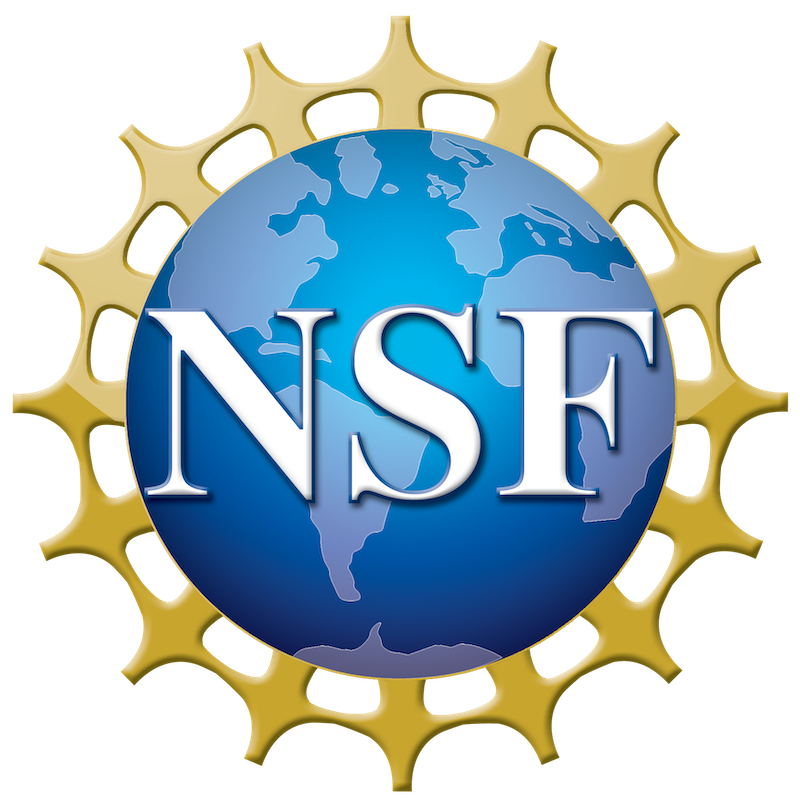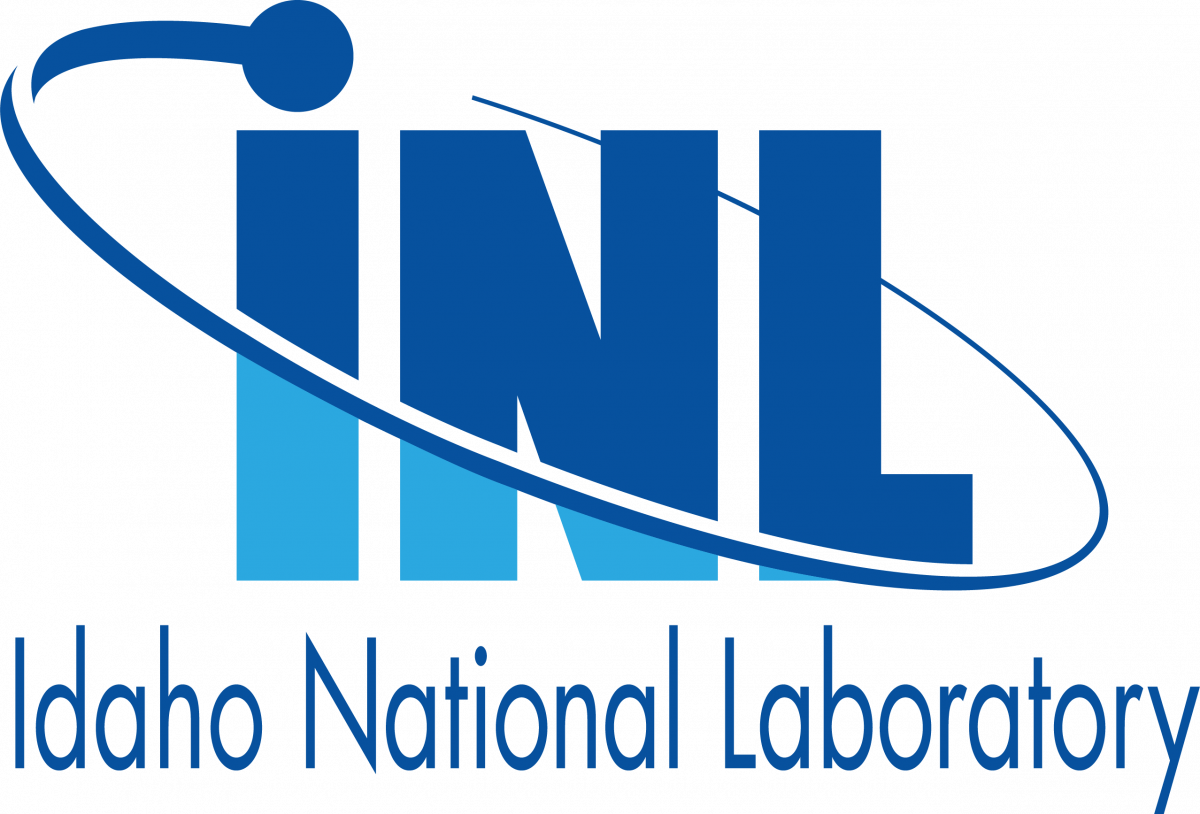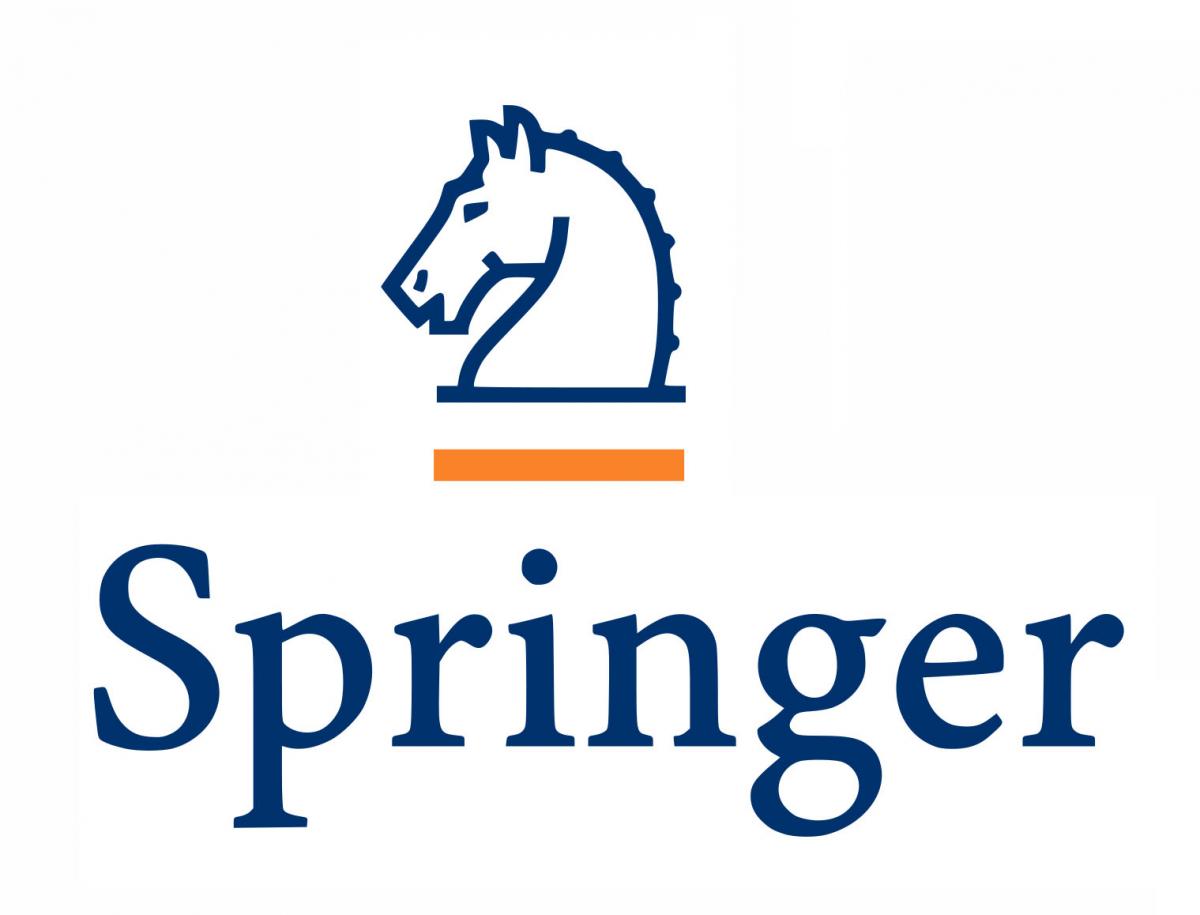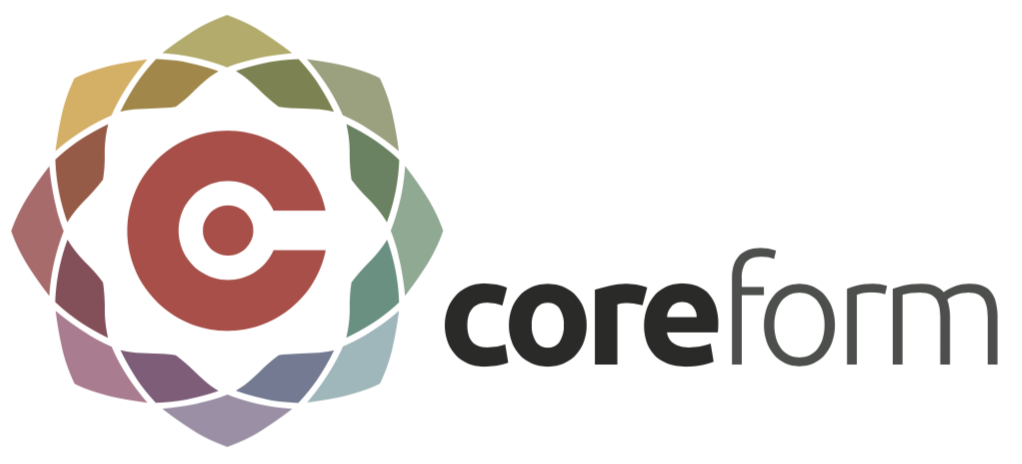Charbel Farhat, Stanford University
Marie Jo Azzi, Stanford University
Marco Pavone, Stanford University
Christian Soize, Gustave Eiffel University
A digital twin usually refers to a digital replica of an asset – whether a physical platform or a process – that can be used, for example, to optimize in near real-time the operation and/or life cycle management of this asset; or more generally, to drive the Intelligent Enterprise by linking engineering and operations such as maintenance. The advocated enabler of such a computational capability is the integration of artificial intelligence, machine learning, and software analytics with data, to create living digital simulation models capable of updating themselves as their physical counterparts evolve. Preliminary forms of such digital twins are often described as the result of the integration of data analytics with the model-based prediction of a few, scalar, quantities of interest (QoIs). This lecture however will first question whether a few QoIs can always be identified to represent the critical state of a newly designed then deployed physical platform. Next, it will present a more robust approach for realizing digital twins based on adaptable, stochastic, low-order but high-fidelity computational models grounded in physics – that is, partial differential equations. The proposed approach features novel mathematical ideas for integrating the modeling and quantification of model-form uncertainty with probabilistic reasoning, projection-based model order reduction, and machine learning. It constructs stochastic, physics-based computational models that self-adapt using information extracted from sensor data; and operate in real time. Finally, the lecture will demonstrate the potential of the proposed approach for digital twinning using four sample realizations: a digital twin for a small-scale replica of an X-56 type aircraft; another one for a bridge; a third digital twin for a component of an automotive system; and a fourth one for the autonomous carrier landing of a UAV.
Biography
Charbel Farhat is the inaugural James and Anna Marie Spilker Chair of the Department of Aeronautics and Astronautics, the Vivian Church Hoff Professor of Aircraft Structures, and the Director of the Stanford-KACST Center of Excellence for Aeronautics and Astronautics at Stanford University. His research interests are in computational engineering sciences for the design, analysis, and operation of complex systems in aerospace, mechanical, and naval engineering. He is a Member of the National Academy of Engineering (US); a Member of the Royal Academy of Engineering (UK); a Vannevar Bush Faculty Fellow; a Doctor Honoris Causa from Ecole Nationale Supérieure d’Arts et Métiers, Ecole Centrale de Nantes, and Ecole Normale Supérieure Paris-Saclay; a designated ISI Highly Cited Author in Engineering; and a Fellow of AIAA, ASME, IACM, SIAM, USACM, and WIF. He has trained so far about 100 PhD and post-doctoral students. For his research on aeroelasticity, aeroacoustic scattering, CFD, dynamic data-driven systems, fluid-structure interaction, high performance computing, model reduction, and physics-based machine learning, he has received many professional and academic distinctions including: the Ashley Award for Aeroelasticity and the Structures, Structural Dynamics and Materials Award from AIAA; the Spirit of St Louis Medal and a Lifetime Achievement Award from ASME; the Gordon Bell Prize and the Sidney Fernbach Award from IEEE; the Gauss-Newton Medal from IACM; the Grand Prize from the Japan Society for Computational Engineering Science; and the John von Neumann Medal from USACM. He was appointed on the Scientific Advisory Board of the US Air Force and on the Space Technology Industry-Government-University Roundtable. He was also selected by the US Navy recruiters as a Primary Key-Influencer and flown by the Blue Angels.











